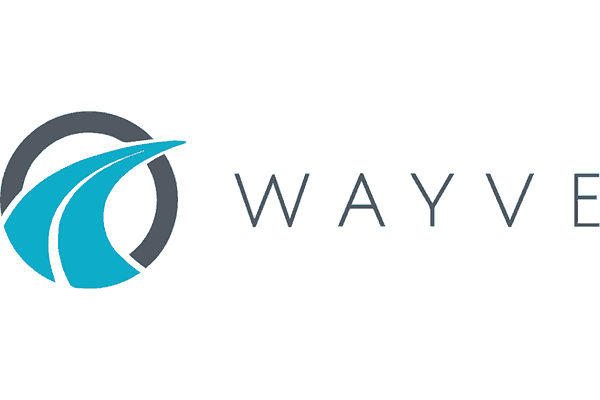Apple is creeping up on the medical devices industry.
- Apple has taken wearables a step closer to replacing medical devices, but the user experience is still so limited that the immediate term for the medical, devices industry still looks secure.
- KardiaBand (AliveCor) is a strap for the Apple Watch which incorporates in it a sensor that is capable of producing a full electro cardiogram (ECG).
- Critically this accessory has been approved by the FDA meaning that it is good enough to be a medical device producing medical data that can be relied on by a doctor.
- The Apple Watch app that comes with KardiaBand can use the heart rate sensor on the Apple Watch to detect abnormalities and recommend to the user that he records his ECG.
- Atrial fibrillation is a leading cause of stroke and it is thought that 66% of strokes could be prevented with early detection.
- It is the signs of this that the KardiaBand app is looking for via the Apple Watch sensor which can then be confirmed through the recording of an ECG.
- This does not come cheap at $199 for the band and $99 per year for the monitoring service, but if it works as advertised, I think it is a tiny price to pay for avoiding a stroke.
- However, the use case is not ideal requiring a large metal plate to be present in the device’s strap and it does not offer always on monitoring.
- This combined with its price means that it will only really appeal to users who are known to be at risk from stroke and it does not enable the replacement of an existing medical device.
- I see the combination of Apple Watch and KardiaBand as a halfway house as it does not really offer real time monitoring to a medical grade, but it is a step in the right direction.
- Sensors are becoming the eyes and ears of AI (see here), but almost all sensors are not nearly good enough to produce data that can be used in critical applications.
- Nowhere is this more true than in eHealth where inaccurate data is useless at best and deadly at worst.
- This is why there is still a big market for extremely expensive medical monitoring equipment, but I see signs everywhere that this will eventually come to an end.
- This also explains the problems that the likes of Fitbit, Xiaomi, Garmin and others are having as the data they generate is of such low quality that it can really only be used for recreational fitness.
- eHealth is where the quest for accurate data begins but I see this quickly spreading to other industry verticals.
- Accurate sensors are one way to attack this problem but the other is to use better software to clean up and improve less-than-perfect data sources.
- Google is a good example of this as it can use software to produce better imaging effects in portrait mode with one camera than Apple can with two (see here).
- Given the substantial rewards that are on offer, I think that investment in improving the quality and accuracy of sensors will only continue to increase in the coming years.
- This is an area where I would want to be involved.
- The issue, of course, is to separate the solutions that have real prospects from those that are merely riding the wave of hype and easy investment.









Blog Comments
Mick R
December 1, 2017 at 12:58 pm
Apple are also aligned with Dexcom, another medical devices company based out of California who make sensors that read your glucose levels. Huge, growing mobile market. They showed the device working with an Apple watch and iPhone at WWDC17 in a presentation. So now there are channels for people who suffer from strokes, diabetes and other chronic conditions to manage their lives.
windsorr
December 4, 2017 at 9:59 am
agree. Apple appear much further ahead when it comes to eheath than anything on Android.
Colin
December 1, 2017 at 4:58 pm
Criticising the KardiaBand because it doesn’t do real time monitoring rather misses the point.
This is what the NHS says about how to get a cardiogram done now:
“The test will usually be carried out at a hospital or clinic by a trained specialist called a cardiac physiologist, although it can sometimes be done at your GP surgery” – plus the time to get the results.
The combination of Apple Watch and KardiaBand does all of that if you put your thumb on your watch band. That’s a huge customer benefit.
Vic Gundotra said this:
“We were able to run a deep neural network on the Apple Watch and keep it to 14 hours of battery life on the new Series 3 Watch,” Gundotra said. “Apple deserves kudos for building such a platform that allows us — I mean, I think we are the most advanced app ever built for the Apple Watch. “
That suggests real time monitoring may consume too much power to be practical on a watch. So perhaps they got it right after all?
windsorr
December 4, 2017 at 9:57 am
It does not miss the point in any way shape or form. The point is that the perfect UX is one where the user doesent have to do anything and the sensor can monitor and always on ECG. It is not a criticism but more a statement of fact from where it is today against the ideal towards which to strive/